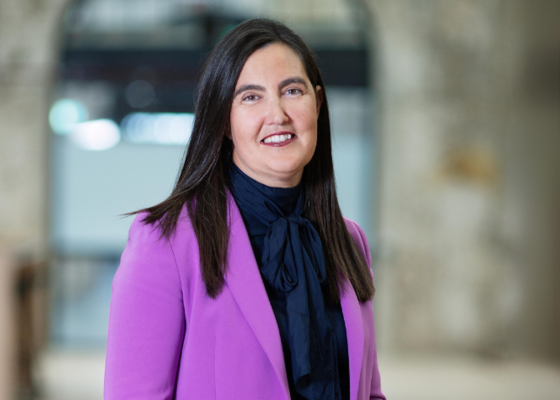Reporting a reduced profit margin, the private hospital operator's CEO was ready to pick a fight with insurers. The PHA met the challenge.
In the ongoing game of ping-pong between private hospital operators and private health funds, Ramsay Health Care’s CEO is ready to pick a fight with insurers while explaining his company’s reduced profit margin.
Ramsay today posted a net profit of $270.6 million for the 2023-24 financial year, lower than the $278.2 million of the previous year. Net profit was $888.7 million, compared to $298.1 million a year earlier, reflecting the $618 million sale of its stake in Ramsay Sime Darby, which owns hospitals in Malaysia and Indonesia.
Quoted in the Australian Financial Review, Ramsay CEO Craig McNally lobbed the ball back into the insurers’ court, saying he would demand new funding deals from insurers if wage increases exceeded expectations.
“Wage inflation exceeding expectations remains a critical risk. If there are substantial wage increases we won’t hesitate to bring people back to the table,” he was quoted as saying.
“The balance between providers and insurers has shifted dramatically. Blind Freddy can see that.”
Private Healthcare Australia was quick to send the ball back over the net, with CEO Dr Rachel David responding to HSD.
“PHA rejects the assertion that the only way to resolve the financial pressures on private hospitals is for health funds to provide more money across the board, particularly an above-inflation benefit increase that will compound in future years impacting premiums,” she said.
“Multiple health funds have provided one off out-of-contract payments to private hospitals to assist, but health funds will not do anything that drives up the cost of health insurance.
The federal government’s review into the viability of the private health sector will report soon.
“An important part of this is the segmentation of hospitals according to size, location and services provided,” said Dr David.
“The health funds have indicated any hospital identified as providing essential services that aren’t available elsewhere, (that is, located in an area of need and that is at imminent risk of closing) will be provided extra support.
“We need to let the government’s process reach a conclusion before we can address this.
“It is also important to remember, according to their annual results, Ramsay hospitals remain profitable in Australia. It’s just not as much profit as they would have liked.
“The answer to the private hospital sector’s difficulties does not lie in health funds tipping an endless amount of money into the system. Their role is to decrease, not increase, health inflation which is why we have a highly regulated premium setting process.”
Ramsay Australia reported a 2.9% increase in earnings and income before tax, driven by a 6.1% growth in revenue.
The result was underpinned by 3.1% growth in admissions combined with an improvement in productivity and increases in tariff indexation. The region increased its investment in digital, data and cybersecurity programs with related operating expenses increasing $35.8 million to $72.7 million.
“In response to the changing healthcare landscape we are focusing on programs that optimise and drive greater value from our core hospital network, while also investing in the transformation of the business to create digitally enabled, integrated patient centric care pathways,” said Mr McNally in the company announcement.
“While this investment will continue to impact margin recovery for the next few years, it will ultimately deliver sustainable top-line growth and significant productivity improvements.
“We will ensure we apply rigorous discipline around both our brownfield capex and transformation programs however it is critical that we invest today to leverage our leading industry position and brand to ensure we remain at the forefront of shifting stakeholder demands and expectations.”
The company’s formal results announcement was positive about Ramsay’s outlook, saying Ramsay remained “well positioned to benefit from the favourable dynamics underpinning the long-term outlook for the healthcare industry”.
“In light of short-term industry challenges, the company’s immediate priorities are focused on a range of transformation programs in each region that optimise and drive greater value from the core hospital network, an improved patient experience, sustainable top line growth, productivity improvements and operating efficiencies,” the announcement said.
“Margin recovery will be impacted by further investment in business enablement, particularly in digital and data programs in Australia, and the ongoing gap between wage inflation and tariff indexation.”
Ramsay shares had fallen 7% on the ASX prior to HSD’s deadline.
It was Mr McNally’s last full reporting season for Ramsay. He will begin a transition period in October with incoming CEO and current Woolworths head of supermarkets Natalie Davis, before leaving in June 2025.



